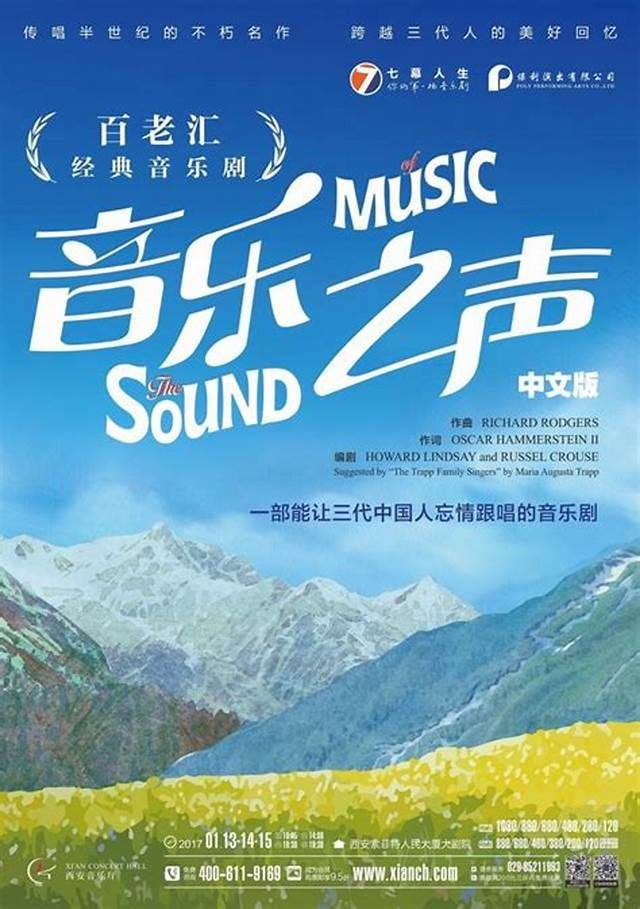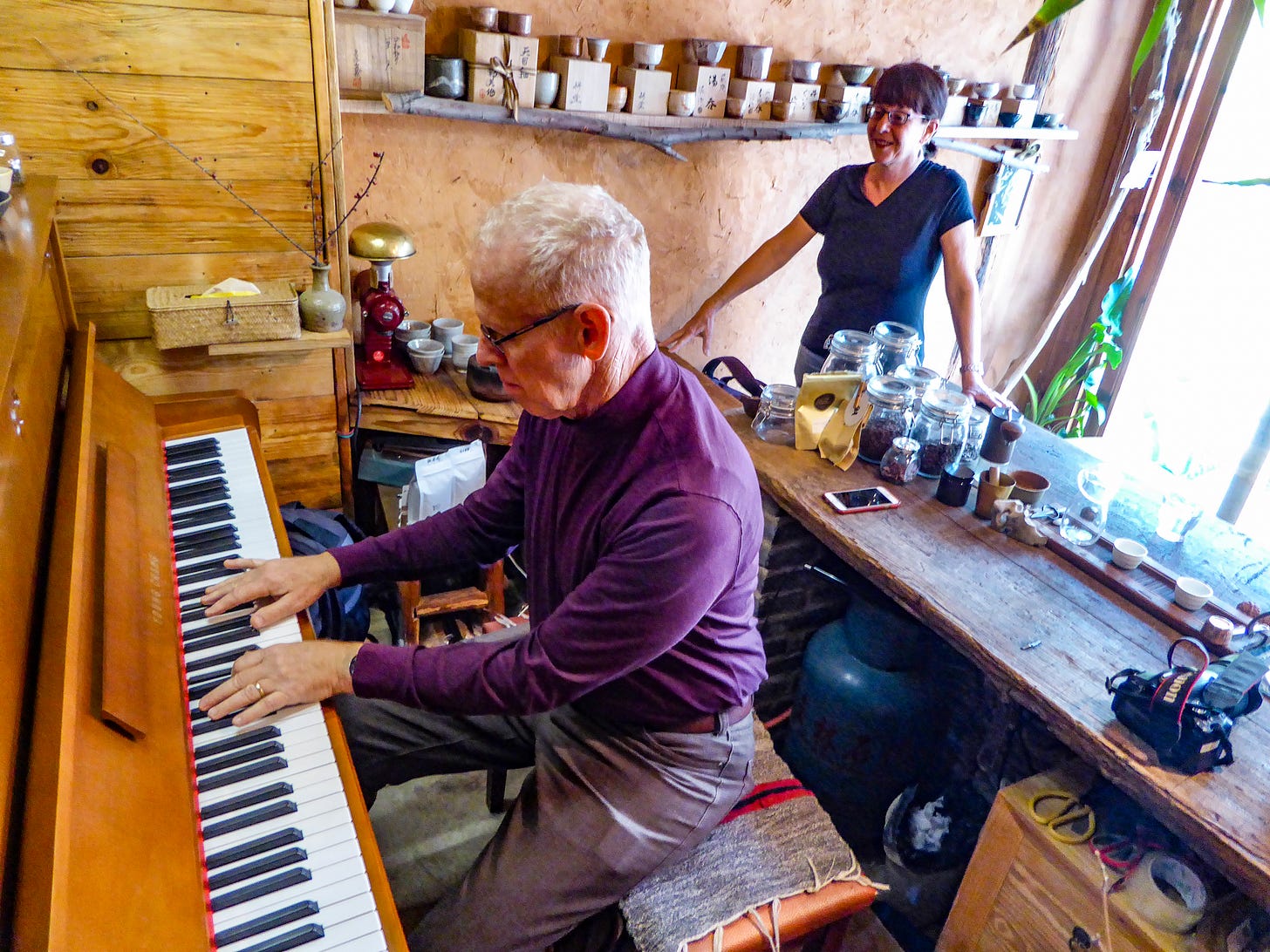In addition to visiting the principal cities in China on our first trip in 2013, we spent three fascinating days in the southwestern province of Yunnan. This region has the largest number of indigenous tribes in China, more than 25. These are people who migrated long ago, mainly from other areas including neighboring Tibet, into the region and lived separately because of the mountainous terrain. As the area came under the present Chinese regime, Mandarin was established as the central unifying language.

However, at the present time, the 25 indigenous groups still exist in Yunnan and their individual languages and cultural traits are celebrated. One distinguishing feature among the different groups are the headdresses worn by the men and women. Their languages are for the most part unintelligible from one group to another.
In 2018, we decided to return to the Yunnan province for three weeks to immerse ourselves in the various cultures. Before traveling deep into the high terrain adjacent to Tibet, we started in Kunming, a large modern city known in China as the “City of Eternal Spring.” From Kunming, we ventured by ourselves several hundred miles further north to Dali, an area populated mostly by the Bai people. We stayed for several days in a city outside of Dali called Xizhou on the shores of Lake Erhai.
In Xizhou there is a hotel called the Linden Centre which is a renovated Bai courtyard home. It is one of the rare places in China in which an American couple, the Lindens, created a Chinese-American cultural exchange center.
One of the young workers at the Linden Centre was a Chinese woman who ran a coffee roasting store with her boyfriend in the tourist area of Xizhou. She had previously studied classical piano in Shanghai so when she moved to Yunnan, her parents shipped her piano thousands of miles which she proudly placed in the very front of the store behind a roll-down window.
When I told her that I also play the piano, she invited us to her store and she encouraged me to play some songs on her piano. For some unknown reason, the first song that I started with was “Do-Re-Mi” from “The Sound of Music.” As I played it with my back to the window, a large crowd of Chinese people assembled outside the store to listen. They sang along in their Chinese-inflected English.
It was only after the first song that I was told how the group knew the lyrics. The movie with Julie Andrews was one of the only American films during that period (the 1960s) which was allowed by the Mao regime to be shown.
After I played a few more show tunes from “The Sound of Music” and “My Fair Lady,” the crowd insisted on taking photos with me. Some of them spoke a little English.
This was yet another example of how music is the universal language. I have enjoyed playing the piano in many places where it was the only common form of communication.







What a gift you have. Music is truly a universal language!